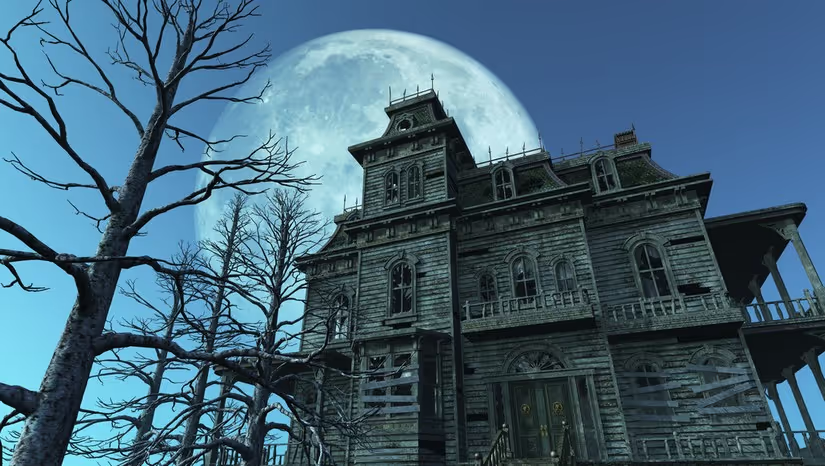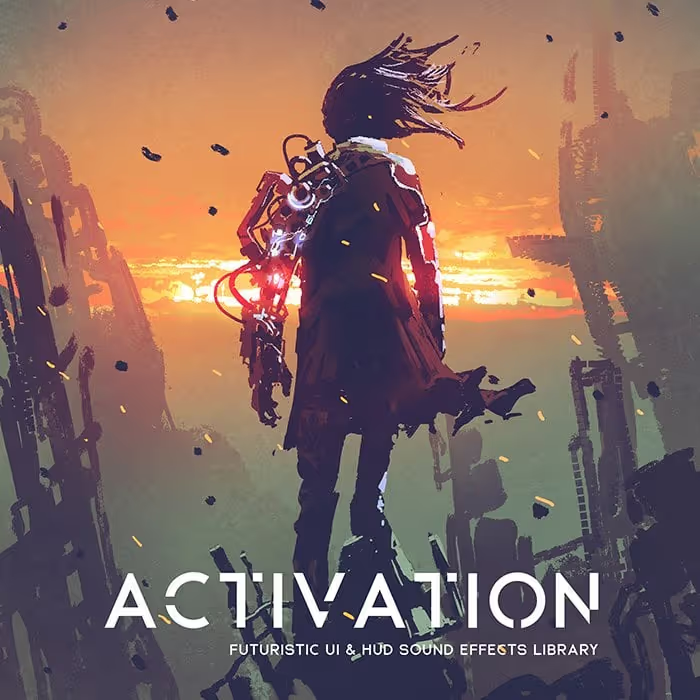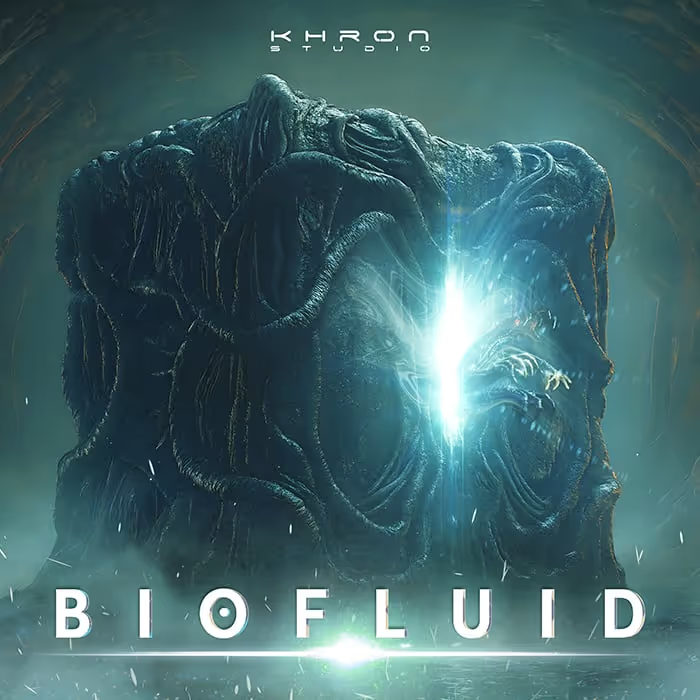Hi Marc, just what are scarehouses exactly – and how did you get involved with creating sound for them?
Scarehouses are haunted attractions. It’s essentially an interactive live theater of horror. I began as an actor in the fourth grade and while acting I heard our music, which was Midnight Syndicate.
It’s essentially an interactive live theater of horror
I loved working in scarehouses and working with music, so naturally I wanted to make music that scared people.
Your work is featured in around 100 attractions. What are some of your favorite ones, and why?
Sadly, I haven’t been able to see all of them, that’s a work in progress. But I generally just like the idea of contributing to the industry. I don’t like to say I like one more than an other, when one may exist that is even more to my style.
What are some of the scarehouses you’ve worked on?
This year I’ve worked on Richs Fright Farm, Six Flags of America, The Headless Horseman, and assisted with several others. Production time starts around April and ends in early September so summers are a complete nightmare.
Say you’re brought in to create the sound for a new scarehouse: How much creative freedom do you get – and what inspires you?
The process usually involves your visiting and being in the rooms I’m going to be working in. I do a small recording of the room to take home and I begin working from there. With creative freedom, it largely depends on what company I work with.
I treat scoring a haunted attraction as I would a video game
Most of the time I make my version, send it to them and they critique what they want added or take away and we have a back and forth from there.
It is very similar to making video games. In fact, I treat scoring a haunted attraction as I would a video game.
Could you describe the creative process behind your work on a recent scarehouse project (or perhaps one of your favorite projects) – from beginning to the final result?
One of my favorite projects was creating music for a 2,500 Sqft, two story room (WITH A SLIDE!) that was made to be overtaken by nature and these horrific monsters. So, I’m going to attempt to describe that process:
I had been visiting the grounds to work on the other 30ish tracks that we were using for the scenes so this was the final piece. I got to see the room start out empty and become fully developed over about three weeks. As this happened, I also worked on the audio for it.
I decided to custom design the percussion then work on the sound effects
I started out with piano because at the time the scenes were a bit understated but quickly switched to church organ for a really harsh impact. From there, I wrote the rest of the music except the percussion. The percussion synth I have is, honestly, pretty weak so I decided to custom design the percussion then work on the sound effects.
For the drums:
• I overfilled a tire to the point where it exploded
• Wrapped a condom around a mic and recorded the sound of a tub upside down inside a larger tub of water while being hit by drum mallets
• Mixed those with a bass drum that I had that was tolerable.
Sidenote: I am sure there are better ways to record underwater but couldn’t think of any.
Once the drums were finished, I took metal cans and scraped them against a mirror, bowed cymbals and gongs to create a really uncomfortable metal underlay. That was probably the worst thing I’ve ever had to mix.
And here’s the story about another one:
One room I did sound for was a dental room gone HORRIBLY wrong. The first thing I did was make an atmosphere layer. For that I took the sound of a refrigerator, slowed and pitched dropped it way down until it felt like a pulse. From there, I combined about 30 different saws, drills and screams to make the dental drill sounds. Afterwards I layered the drills to form different actions – Started the test use, went to the closed mouth and into a sound that seems like you’re drilling through bone.
I combined about 30 different saws, drills and screams to make the dental drill sounds
For the bone part, I used an old pencil sharpener and recorded pencils, plastic and thin rocks grinding in it. Around then I sampled people screaming for an abrasive interrupt layer, cries to add to the refrigerator atmosphere and bowed metals just for flavor. The end result was uncomfortable enough to make me dislike listening to it.
Want a tour of a real haunted house attraction? In this video, Marc Straight takes you on an empty walkthrough of Richs Fright Farm during their 2015 season to showcase the music production and set design. All scenes have been changed for their 2016 theme. Nothing that is shown in this video will reveal any information or design about their current season:
https://www.youtube.com/watch?v=avKjxthwK5A
What’s been the biggest challenge you’ve faced so far in scarehouse sound design?
Making scary electric music for a giant UFO.
From a technical perspective, how’s the sound typically delivered in the scarehouses themselves? Is it all loop-based, or are there certain triggers etc?
Most of the time you make a loop track, because cost is always an issue. You usually get asked to make it a minute of sound, but for the sake of the actors and the environment I strongly suggest 3 to 4 minutes. By having more time there are ways to add more dynamics to the tracks.
The other thing that is used a lot are scream boxes, which are set by motion triggers
You could add in stings or high contrast changes, hard tempo resets, etc. The other thing that is used a lot are scream boxes, which are set by motion triggers. Those play a huge sound to be a scare, usually a scream, so that the audience is able to be caught off guard and actors voices to be temporarily spared.
If you need scary sounds for your projects, these are 3 of the most popular horror sound effects collections on A Sound Effect right now:
Find many more scary sounds in the Horror category
How are you using sound to guide, spook (and perhaps even trick?) scarehouse visitors? And if you were to break down the soundscape for a scarehouse, what are some of the key elements?
As far as guiding visitors, the set designers usually handle that. They run all the spacing and make the paths clear to go from point A to B in the area. As far as making it scary, you really just need to gather the intent of the room, the subject matter and everything like that, and make it as if you are basically living in that for a film or video game. I like to think of it as a living, breathing version of Silent Hill.
In general, what’s essential to great, scary sound, in your book?
High contrast will always be a huge focus for anyone, but the main thing is getting sounds that are naturally uncomfortable and exaggerating that. Creaky doors, the scrapping of guitar strings in to an amp, everyday sounds that make us uncomfortable. A good example of that is in the opening theme to American Horror Story. All the sounds feel somewhat natural, but still innately foreign and that triggers a good solid response.
Want to know more about horror sound, how it’s made – and how you can create it yourself? Check out these other stories here on A Sound Effect:
• Behind the scary sounds of ‘Blair Witch’ – w/supervising sound editor/re-recording mixer Andy Hay
• How the creepy sound of ‘Lights Out’ was made – w/supervising sound editor Bill R. Dean
• Creating the horrific sounds of ‘The Conjuring 2’ – w/supervising sound editor/sound designer Joe Dzuban
• How to create your own horror sound effects – w/Saro Sahihi
Any special techniques or approaches you’re using to create scary sounds?
A source that I have been using lately that is pretty controversially in the sound design world is the use of Omisphere. I’ll make all of my own sound effects, and they have a really expansive sound effects rack that I like to manipulate to create a lot of my patterns and atmospheres that normally I wouldn’t be able to create. Otherwise, I focus on the standards of panning usage, high contrast and harsh dynamic tones.
How has scarehouse sound evolved since you started out – and have you noticed any interesting trends?
The trends haven’t changed very much yet. Scarehouses have a tendency to follow slowly behind film trends, with that in mind I see more and more of scarehouses moving toward sound designs and atmospheres in the future rather than orchestra. Of course the classic sounds styles will always exist, but the intent and tone that designers are looking for are changing.
My first year bringing music into the industry I did a mix of orchestra instrumentation as well as atmosphere and sound design. Most of the customers were intently looking for orchestration but a few were strongly into my sound design stuff.
The way things seem to be going is very focused on ambient sound, driven by harsh sound design
After a year establishing myself in the community, I released an album that took an extreme hard turn away from anything symphonic. That one is called Nyctophobia and to date, that’s my most successful album.
The way things seem to be going is very focused on ambient sound, driven by harsh sound design – an example would be the opening theme for American Horror Story. Sound like that is gripping and raw. It feels uncomfortable. Soundscapes like that and Silent Hill are the two biggest styles that I get asked about every year. I don’t see that stopping any time soon.
Just to add to this, for people looking to break into the industry, as much as I talk about trends and stuff the biggest thing is to bring your best into it. Stand out and bring your own brand. If you have something that’s unique and fits the medium people will respond to it. Disregard fear. Be the fear.






